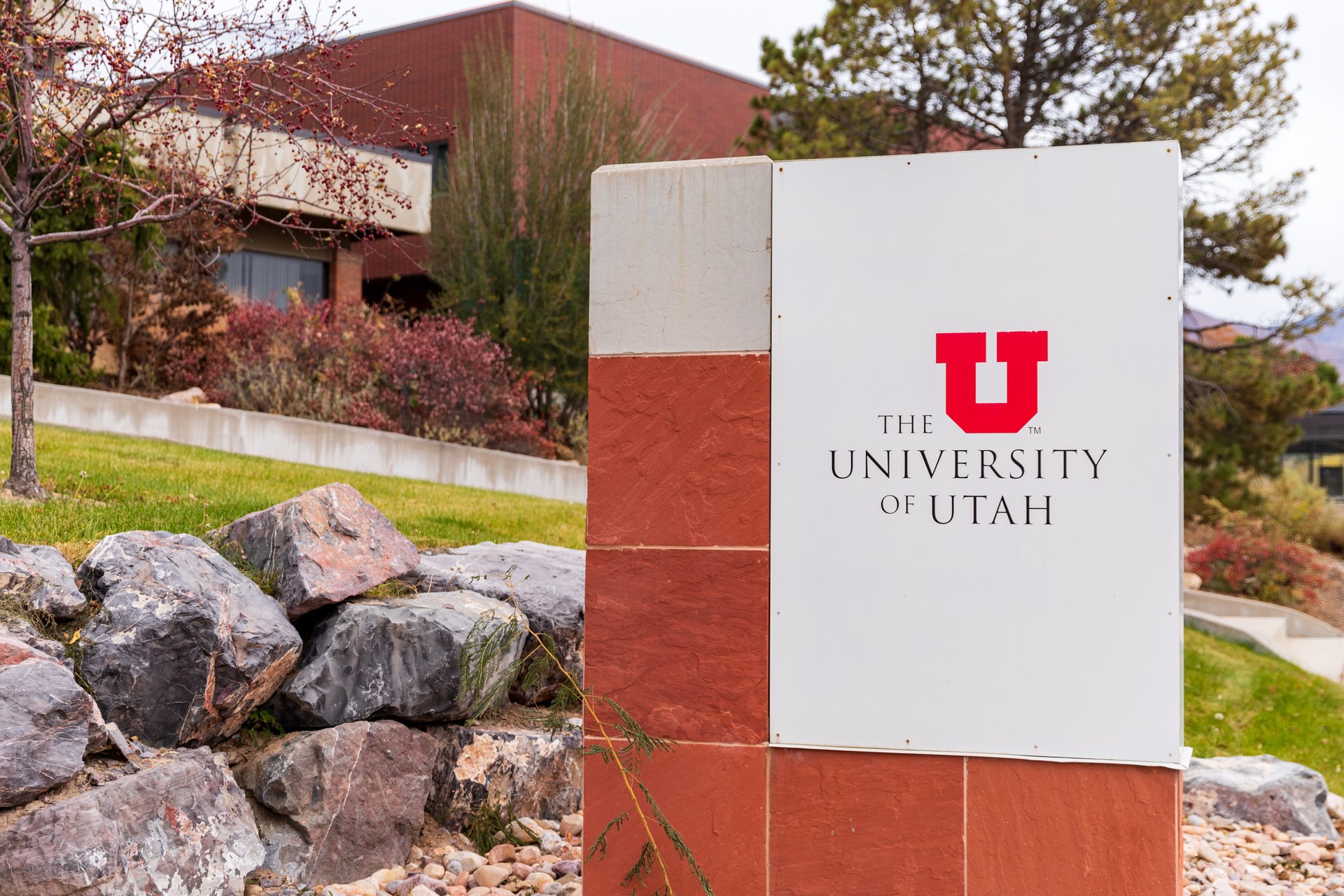Good morning, and thanks for spending part of your day with Extra Points.
I have some exciting news to share about our sister publication, NIL Wire. We’ve now hired our new, full-time Lead Writer for that newsletter. Her name is Deyscha Smith, and she comes to us via the Boston Globe and SLAM Magazine. You can read her introduction here and subscribe below to follow along.
On Friday, the NCAA announced the close (kinda) of one of the dumbest sagas in recent college football history: the sanctions for Michigan’s sign stealing.
Michigan will not forfeit wins, scholarships or any postseason eligibility, as the NCAA enforcement system has changed over the last decade. Instead, the school will face a huge fine. Also, a bunch of people who don’t work for Michigan anymore won’t be able to easily work for Michigan again.
Per this ESPN story, the fine is “expected to eclipse $30 million for the school.” Ross Dellenger pegs the amount as potentially in the $35 million range.
This may shock many of you, since I grew up outside Columbus, have a degree from Ohio State and am well known as a Buckeye fan: I don’t really care about this story anymore. I don’t have a strong opinion about whether this was the correct punishment, what else the NCAA could have done differently or what would be considered “fair.”
I am not here to litigate whether this was a sufficient punishment. If you want to do that, I’m sure the Red Cedar Message Board would welcome your input.
Instead, let me address a social media talking point I’ve seen again and again: Is this a lot of money?
Let’s take a slightly more conservative estimate of the “fine equivalent to anticipated loss of postseason revenue sharing during the 2025 and 2026 football seasons,” and call it a $25 million fine. Maybe Michigan gets a few bucks knocked off the final bill after an appeal or something.
That would be more than triple the fine Tennessee paid ($8 million) for recruiting violations, the most recent major NCAA infractions case.
How do you DELIVER a fully turnkey fan experience outside of game days with no upfront cost?
Bring in Fanbox to create unforgettable experiences that keep alumni and fans engaged beyond game day. From exclusive collectibles and content to limited edition merchandise and perks, Fanbox partners with athletic departments to build new revenue streams that support your athletes, programs and alumni relations. See what Fanbox is doing with Ohio State.
Building fanhood isn’t something you just do at home games. It’s something you do 365 days a year. Fanbox can help built something special without any upfront cost. Learn more here.
Okay, what’s the budget for the entire dang University of Michigan?
According to the budget book submitted to the university regents, the entire university has a projected FY24 budget of $13.4 billion dollars. The FY25 budget is actually higher ($14.9B), but since the athletic data I have is from FY24, and I’d like to be doing something resembling an apples to apples comparison, let’s go with the $13.4B number.
More than half of that number is tied up with the University of Michigan healthcare system. It also includes the budgets for Michigan’s other campuses in Dearborn and Flint and the dozens of academic colleges under the Ann Arbor campus.
In the context of the entire university system, no, $25 million isn’t very much money. But $25 million would be more than the operating budget for Michigan’s College of Education, College of Pharmacy, School of Public Policy and other major departments. To me, that makes $25 million seem a teensy bit bigger.
What about the athletic department budget?
According to the school’s NCAA MFRS Report from FY24, obtained by Extra Points via open records, the Michigan athletic department reported spending $238.3 million across the entire athletic department. In FY23, that figure was $225.5 million. Conservatively, that would make Michigan one of the 10 largest athletic departments in the country.
So its NCAA fine would be somewhere in the neighborhood of 10 percent of total athletic spending.
If this helps put those numbers into context at all, $25 million is roughly the athletic department budget for Idaho. Like, the entire athletic department budget. If the fine ends up being on the higher side of the estimations, like $35 million, it would represent roughly the size of Akron’s athletic department budget.
So, best case scenario, Michigan is being fined “One Big Sky School.”
Big deal. Couldn’t Michigan just use its endowment to cover the fine then? Isn’t its endowment a gazillion dollars?
The endowment is huge. In 2023, Michigan’s endowment fund was valued at over $17 billion dollars, making it one of the very largest of any university in the country.
But there’s a popular misconception about what this money is and what it can be used for. An endowment fund for an R1 research university isn’t just some giant checking account that school leaders can access whenever they want.
For one, much of that fund isn’t liquid. It’s tied up in stuff like real estate, stock, equity in private companies and a whole bunch of other vehicles that can’t be immediately converted to cash without significant tax penalties. Michigan can’t easily tap into that fund to pay off an NCAA penalty for the same reason you probably wouldn’t want to cash out your 401K to pay parking tickets.
Not only that; most of Michigan’s endowment is also restricted. That means the money can only be used for a very specific purpose. A school can’t move money that is, say, specifically blocked off for physics scholarships to pay for a new parking lot. Doing so not only risks a donor revolt, but it could break federal law.
While it is technically possible that general university operating funds could cover shortfalls in the athletic department, I do not think it is realistic to assume that anybody, even Michigan, would tap into an endowment to pay down athletic-related anything, and especially not NCAA penalties.
Okay, fine. But Michigan has a bunch of rich donors. Won’t they just fundraise this and get it paid off in a week?
It’s possible. But recent history suggests that is probably going to harder than just calling Larry Ellison.
According to Michigan’s FY24 filing, the entire athletic department brought in roughly $44 million in “contributions” from donors and corporations. Of that figure, about $33.6 million was allocated to football.
Michigan has some famously deep-pocketed donors, so it’s certainly possible that the Wolverines could get a fine covered completely by outside donations. But doing so would mean that the school would need to improve its athletic fundraising by over 70 percent in one year. The school would also need to do that in a cycle where it is also depending on donors to help pay athlete compensation beyond the House cap, for athletic department capital projects, salaries, and other priorities.
And let’s say that the school does manage to pull that off. That would mean that the university would reallocate $25 million-plus from its donor pool … directly to the NCAA. Not for athlete NIL, or scholarships, or operations staffers or anything else … but to a fine.
Possible? Yes. Easy? In my professional opinion … no, it wouldn’t be easy. Especially in this climate in higher education, where elite donors are in finite supply and the university may want huge donations to go to other priorities, like offsetting federal research grant cuts.
But Texas A&M paid Jimbo Fisher’s buyout, and he was owed over $70 million. Is Michigan poor compared to Texas A&M?
It’s not quite apples and oranges. Yes, Jimbo Fisher’s total buyout was roughly $77.5 million. That’s the GDP of a small country.
But Texas A&M didn’t have to cut a check and pay all of that at once. Per ESPN, the school owed Fisher roughly $19 million within 60 days of his termination. The rest of his buyout is spread out over annual payments that stretch into 2031.
And per the Athletic, it wasn’t Texas A&M boosters who cut those huge checks.
And for those who think Texas A&M’s boosters are footing the bill, think again. Program sources have told The Athletic multiple times in the past year that if Fisher were fired, donors wouldn’t be the ones paying the buyout. Bjork confirmed as much on Sunday.
“Texas A&M athletics and the 12th Man Foundation will be the sole sources of the necessary funds covering these transition costs,” Bjork said.
The 12th Man Foundation is the primary fundraising arm for A&M athletics and is closely aligned with the school (its headquarters are just steps from Kyle Field) but is technically a separate 501(c)3 entity. Bjork said the 12th Man Foundation will use unrestricted funds to cover the initial $19.3 million payment. The athletic department will pay the annual distributions to Fisher for the rest of the contract “by growing our revenues and adjusting our annual operating budget accordingly.”
Roughly six months after Jimbo’s firing, Texas A&M athletics laid off 18 employees. New Texas A&M athletic director Trev Alberts said the hirings had no connection to the Jimbo payments, FWIW.
Texas A&M’s athletic department is about the same size as Michigan’s, although it doesn’t sponsor as many sports. I mention all of this simply to show that even huge athletic departments can’t write massive checks forever without cuts or other sacrifices.
So what could happen to Michigan’s budget?
Even before this fine, Michigan athletics was planning on making cuts, according to AD Warde Manuel:
Manuel also said that staff cuts will be a part of the solution going forward, with the athletic department aiming for a 10% cut in personnel.
"To combat the added cost, the department staff will gradually decline in number through two methods: attrition, with a long-term goal of a 10 percent reduction in total staff, and through a stricter approval process for new hires," Manuel wrote. "The department has committed to more than $10 million in budget cuts for the coming fiscal year, and has worked with the main campus to reduce its allocation from TV revenue to the university from $8 million to $2 million.”
Michigan isn’t the only school looking at athletic department staff cuts. Oklahoma recently cut 5 percent of its athletic staff, and my understanding is that other large Power Four institutions are considering similar moves.
The P4 schools participating in House revenue sharing are all kicking in about $20 million (depending on how they classify new scholarship spending), plus whatever new hires they need to make to serve as GMs or payment processors. That’s a very significant new cost that needs to be baked into the budget. Combine that with rising facility costs, budget pressures at the university level (thanks to the enrollment cliff, research grant clawbacks, etc.) and a huge NCAA fine … and you’re in a tough spot.
Some massive expenses — like a coaching buyout, a new hockey practice arena or the “marketing contract” (lol) for a new quarterback — can be spread out over several years. But my current understanding is that Michigan (or anybody else) would need to pay their fines all at once.
I don’t expect $25 million will require Michigan to drop any sports, or even to meaningfully limit the football operating budget. But I wouldn’t be shocked if some other employees who had absolutely nothing to do with football end up getting laid off over the next 20 months. This probably isn’t a great time to be a vendor trying to sell stuff to the Michigan athletic department, either.
My TL;DR is that yes, $25 million is a lot of money.
Will Michigan have to mortgage the Big House and play games down at Pioneer High? No. Will it slash the payroll of its football roster and lose a bunch of recruits? I highly doubt it. Will the Jordan Brand uniforms be sold off, and the Wolverines forced to play in sackcloth and ashes? This would be funny, but no.
But an unplanned expense in the neighborhood of 10 percent of your typical operating budget is painful, no doubt about it. I am skeptical that the school can easily push that obligation off to its donors … because if Michigan was capable of raising $70 million in athletic contributions without difficulty, I think it’d be doing it already. Perhaps the school will get it done, but it will take time and effort.
Forking over $25 million will mean somebody has to face some hard decisions. Whether that’s layoffs, furloughs, plane trips getting swapped for buses, subscriptions getting cut or a number of other things … that remains to be seen.
You can all argue in the comments about whether the fine was the correct or just punishment. I legitimately don’t have a strong opinion.
But as a guy who has studied athletic department budgets every day for the past five years, I think $25 million is a lot of money.
However, if somebody is willing to send $25 million to Extra Points, I am open to potentially revisiting my position.
My venmo is Matt-Brown-EP.



















